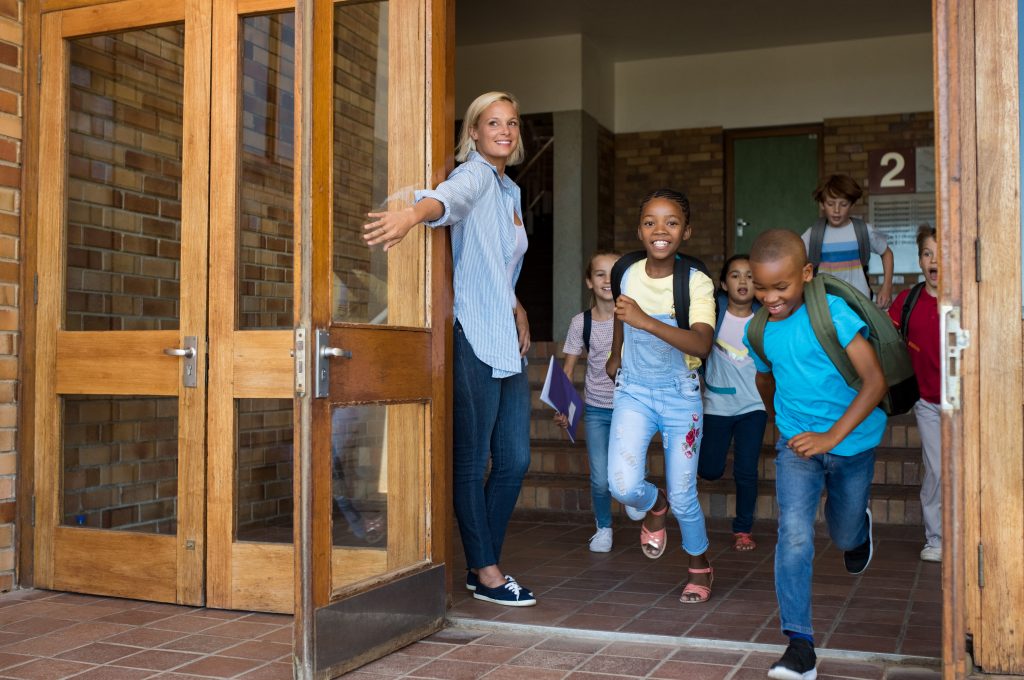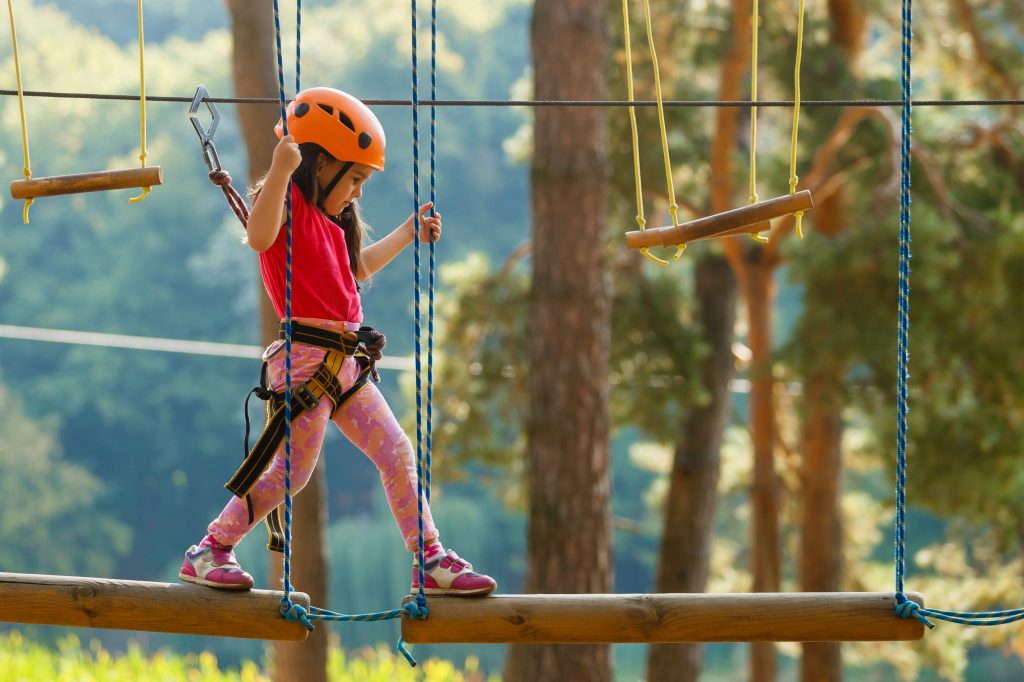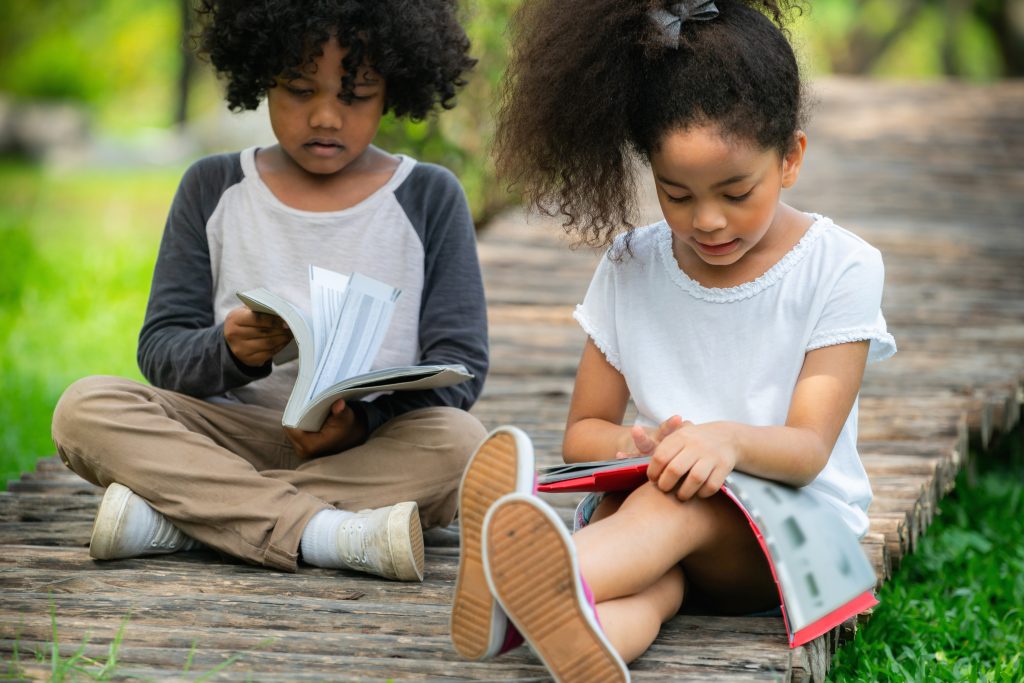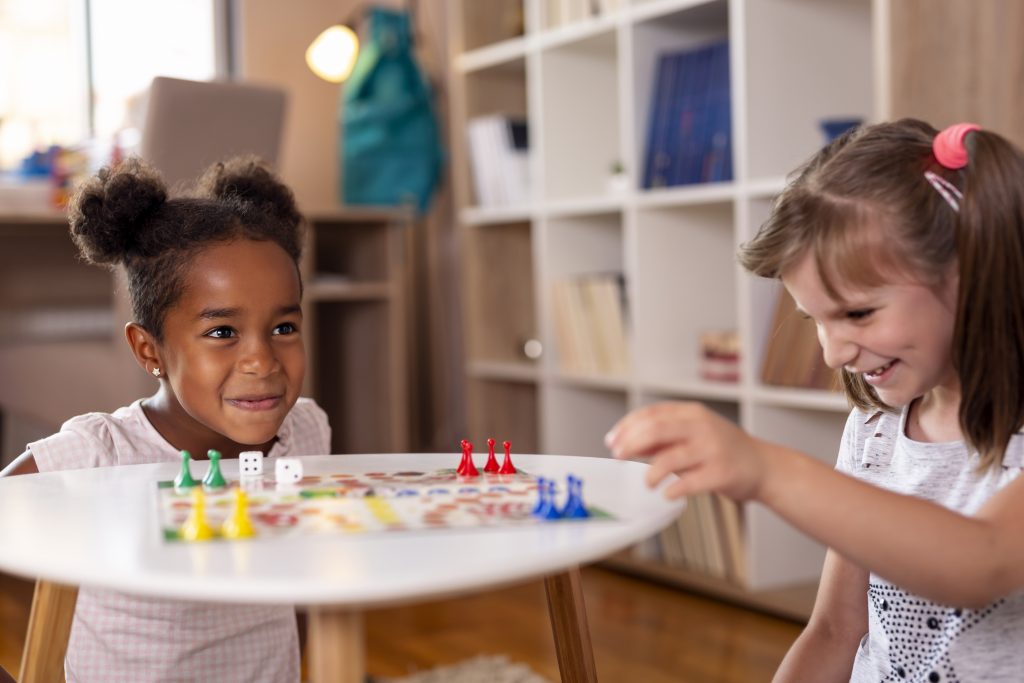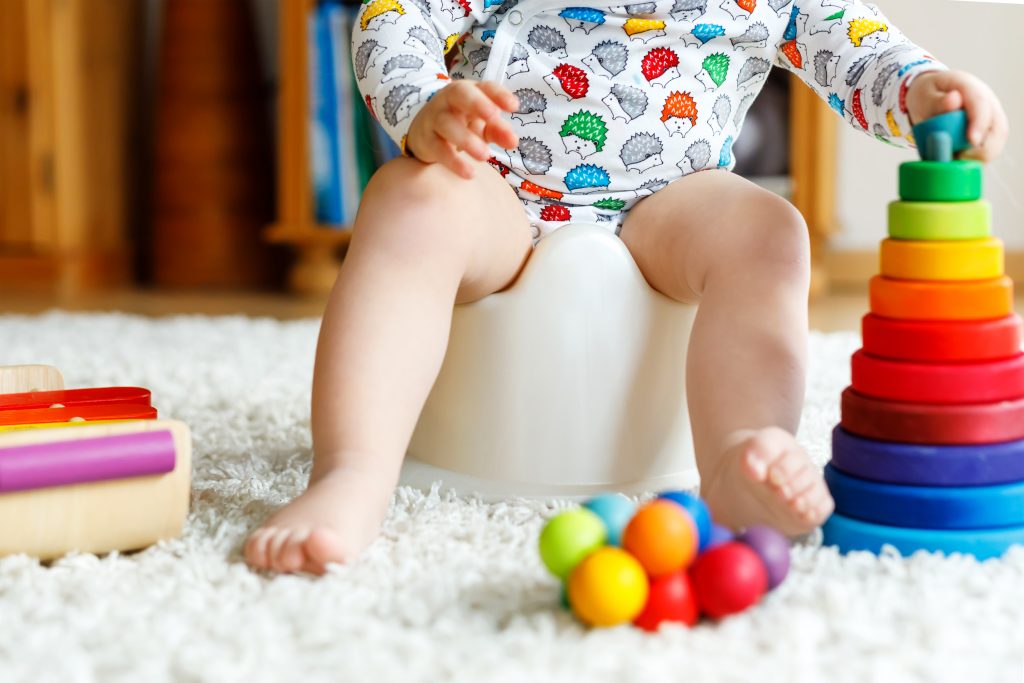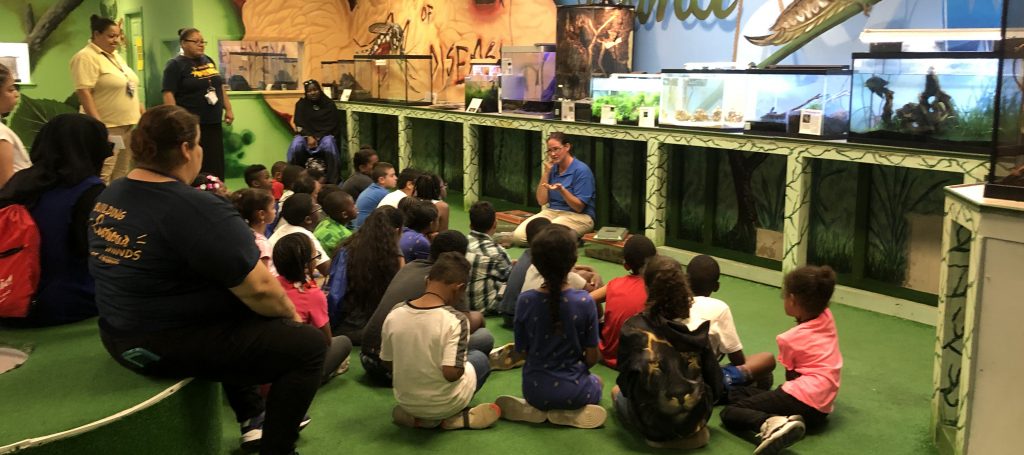
Parents often debate on what the focus should be for school age children during the summer. Some think of more relaxing and fun activities while others want to see learning continue, so there is no gap when the new school year begins.
Although convenient in some ways, keeping children at home or with relatives in the summer may not always work out. Kids get bored easily and many are turning to electronics for stimulation and fun. Caregivers at homes may also tend to allow more electronics because it keeps kids occupied and out of trouble. However, many studies have shown that non-stop hours of daily electronics use can cause strain in young eyes, bad posture, agitation, and even anxiety in some children.
Well, what if your child was entertained while learning throughout the summer without relying on electronics?! Great summer programs successfully combine learning activities taught in enjoyable and interesting ways to keep children excited during the program.
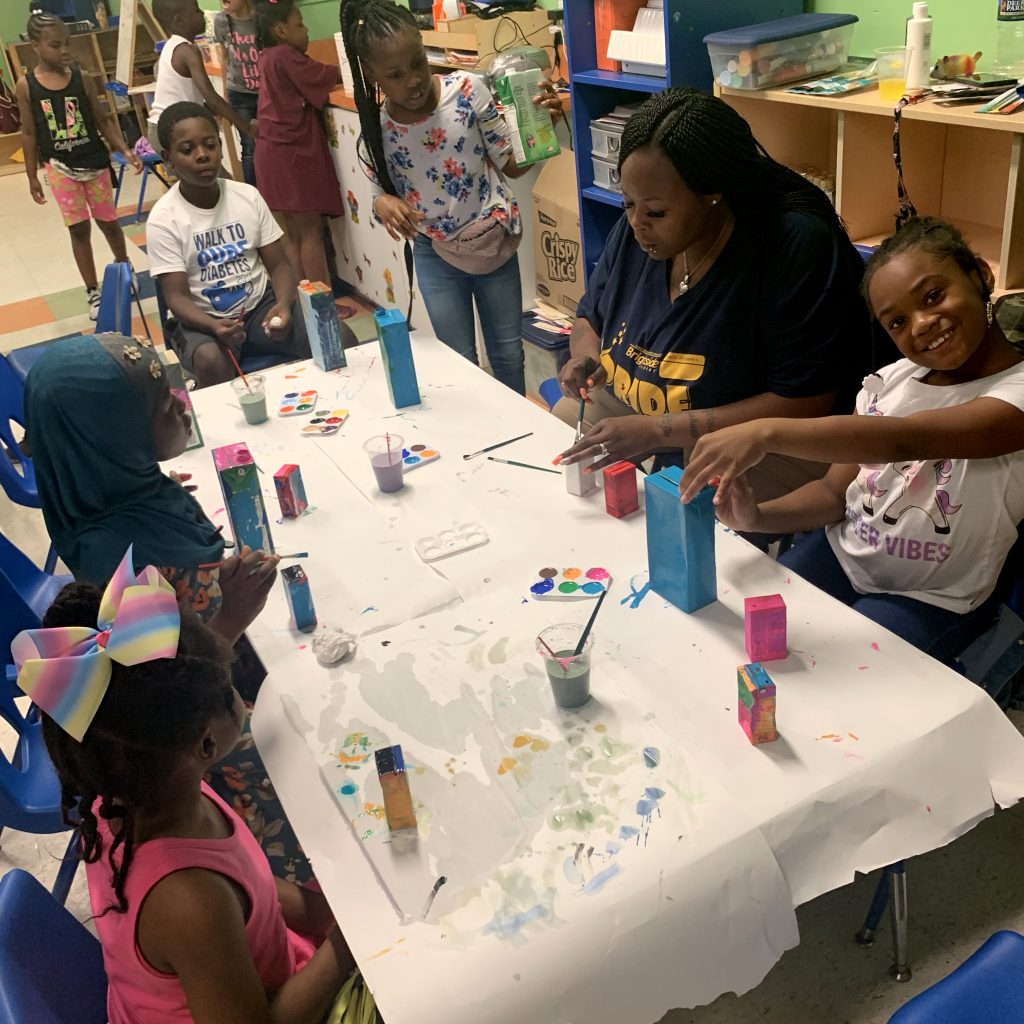
Take for example, a recent activity at our 56th & Woodland academy in Philadelphia where school age children worked on recreating their community through the use of recyclable materials. The kids used cardboard boxes, juice and egg cartons to create condominium buildings, parks, and streets representing their community. “The children were so excited to work on this every day. You didn’t have to ask them, they just wanted to continue right where they left off the previous day. That’s the kind of experience we aim for with our summer campers!” said Academy Director Veronica Godbolt.
It is learning experiences like this one which can make a world of difference for children in summer camps. But, it’s not just about the learning. There are more benefits to structured summer programs. Things like:
- Establishing long lasting friendships
- Developing a sense of trust through a daily routine
- Becoming a life-long learner
- Participating in field trips to exciting venues
- Allowing for new experiences
- Receiving nutritious meals
- Staying cool on hot summer days (air conditioned facilities)
We are in the middle of summer and there are more weeks left of fun, learning activities for school age kids at Brightside Academy. Call us today at 877-868-2273 for engaging experiences at one of our 24 Philadelphia or 9 Pittsburgh locations! We’ll also gladly help your family in the process of applying for subsidized rates through CCIS if you qualify.
Your child is waiting for a great summer, get started now!

